Up Next

Formula E’s long-awaited (and delayed) maiden Cape Town E-Prix will take place this weekend – the first world championship car race in the country since Formula 1’s 1993 South African Grand Prix.
Sam Smith recalls seven of the key storylines from that weekend – including the debut of an F1 mainstay and the start of the final chapter of the championship’s most iconic rivalry.
Williams granted an entry!
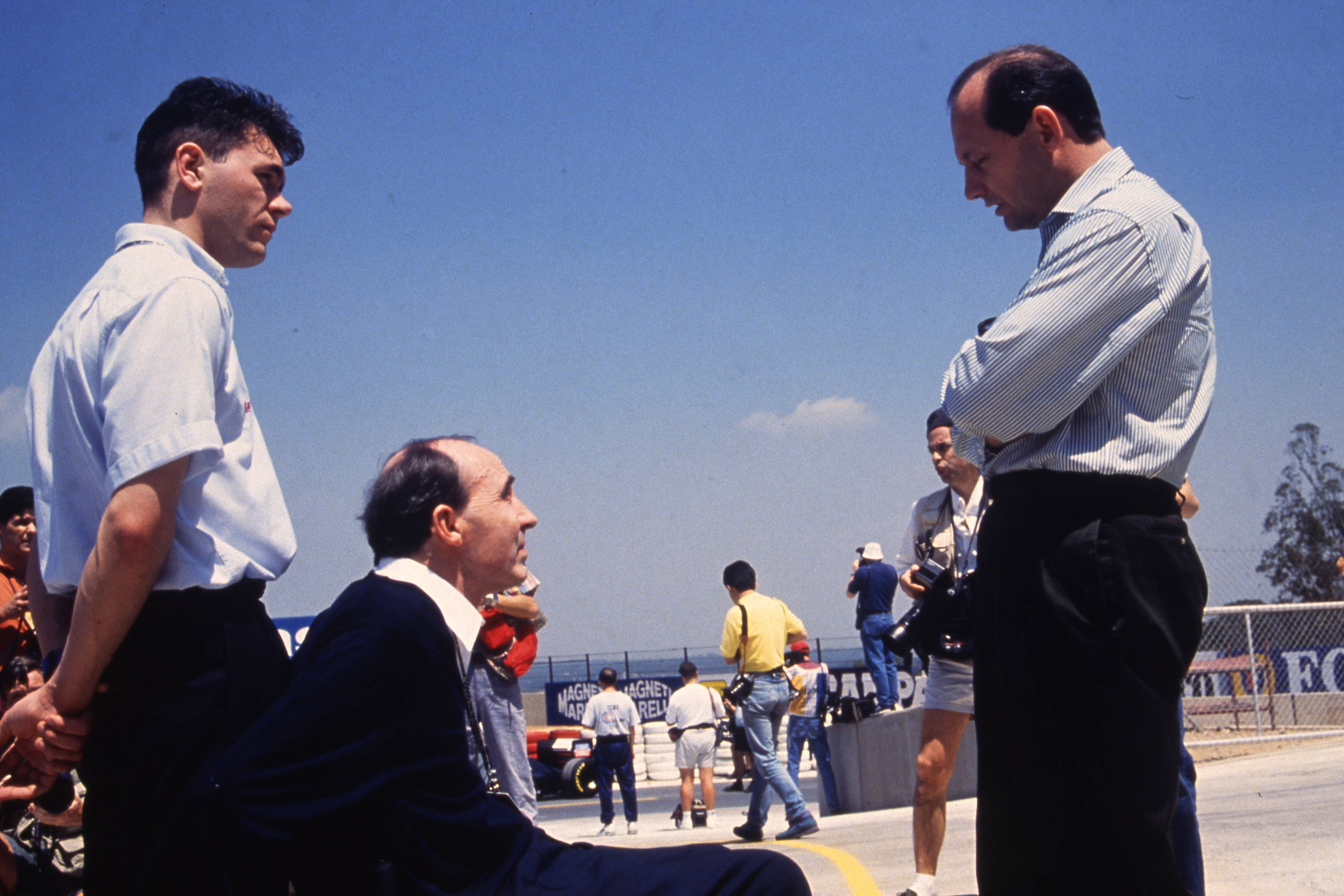
When the reigning world champion Williams outfit submitted its official entry for the 1993 season a day late the most it feared was an admonishment for some lax admin.
What appeared to be a trivial oversight soon snowballed into a full-on controversy after draconian penalties were explored and considered via a backdrop of seething political posturing in the 1992-93 off-season.
Unbeknown to Williams, or indeed any other teams, was a little-spotted appendix in the sporting regulations that dictated any late entry would only then be granted access to the grid via the unanimous approval of the other competing teams.
A cantankerous Flavio Briatore at Benetton proved to be a sticking point for a few weeks and when the official entry list appeared in the first weeks of 1993 Williams was not on it.
The subsequent politicking became attritional and the matter was only solved after a lengthy meeting at a Heathrow hotel just three weeks before the Kyalami opener.
The episode essentially became a poker move orchestrated by then FISA president Max Mosley, who used the affair to begin to drive through technical and sporting changes for the 1994 season.
Michael Andretti three seconds off Senna’s pace
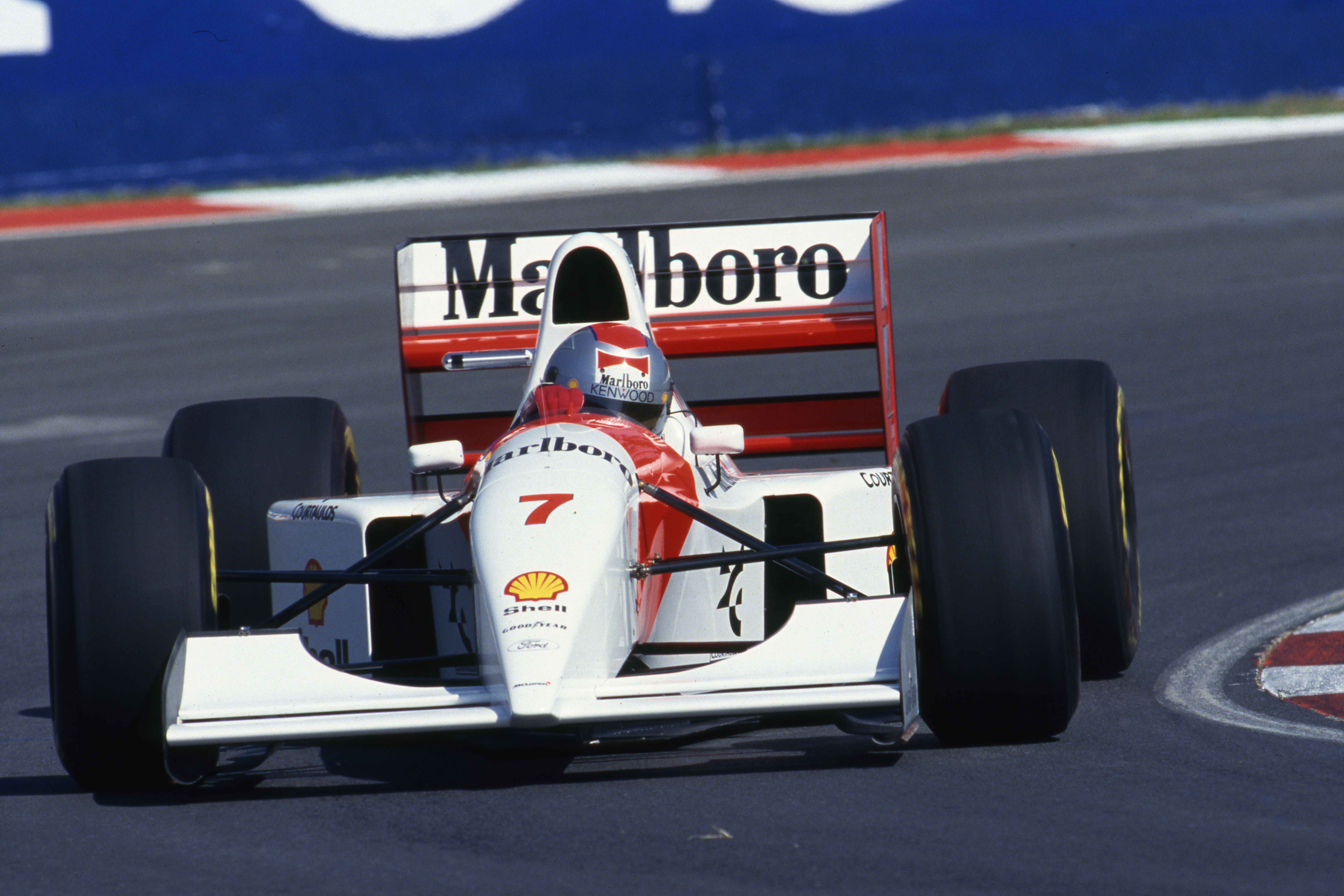
There were four F1 debutants at Kyalami in the spring of 1993.
While Fabrizio Barbazza coaxed his Minardi M193 onto the grid, Rubens Barrichello (Jordan) and Luca Badoer (Scuderia Italia) would both go on to drive for Ferrari, even if their careers became very different indeed.
But it was in the McLaren pits that all eyes were focused as 1991 CART Indycar champion Michael Andretti arrived at the circuit where his illustrious father Mario had taken the first of his 12 F1 race victories in a Ferrari 312B 22 years prior.
Despite minimal testing in the new McLaren MP4/8 Ford, Andretti started brightly with sixth fastest time in the first qualifying session on the Friday.
But it was a false dawn as Andretti slipped to ninth a day later. While that was not disastrous, the fact he was three seconds adrift of team-mate Ayrton Senna was a cause for early concern.
It didn’t get any better as he stalled on the grid and then became the victim of an incident with Derek Warwick’s Footwork after the aforementioned Barbazza triggered a chain-reaction melee on lap four.
Hill’s Erratic Debut
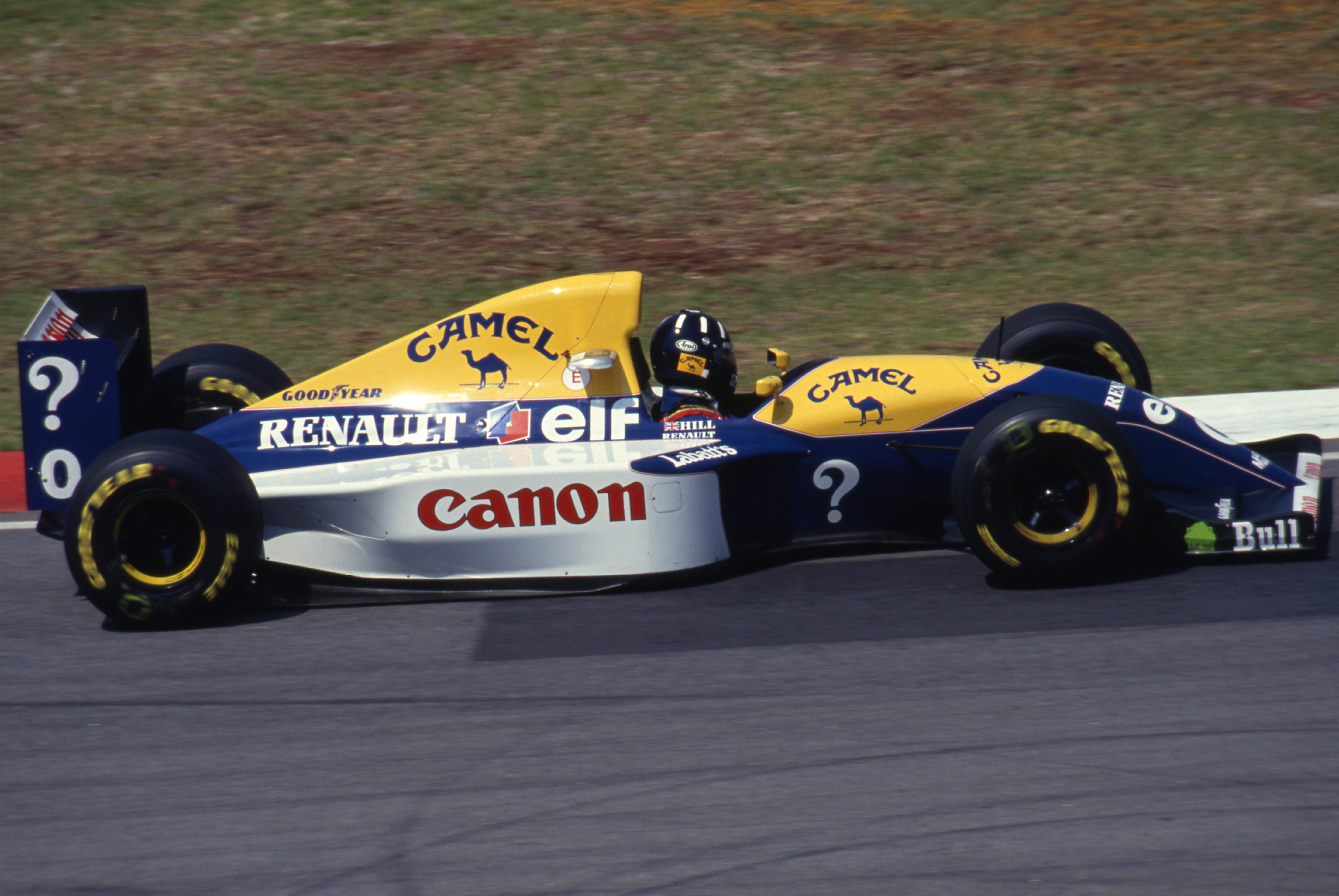
By several quirks of fate, Damon Hill found himself as team-mate to Alain Prost in a completely redesigned Williams line-up for 1993.
It’s hard, with the power of hindsight, to quantify now what a leap of faith it was from Frank Williams and Patrick Head’s point of view to put Hill in the car.
The fact was then that Hill was a completely unproven driver whose last race victory had come in British F3 in 1987. The in-between period had featured him scrabbling around in a recalcitrant Mooncraft F3000 design for Footwork and cobbling part budgets for British F3000 cameos with Colin Bennett’s largely journeyman operation.
The big break really came when he got his hands on the Lola T90/50 car run by Middlebridge in 1990. Despite several poles and leading races, he couldn’t make it stick in F3000 but off the back of it came an F1 test opportunity with Williams.
His subsequent work with the test team was enough for him to take advantage of Williams picking Prost over Nigel Mansell, and with Riccardo Patrese having already inked a Benetton deal, the second seat was Hill’s.
Kyalami was a difficult baptism for Hill, who had only made his F1 debut at Silverstone the year before.
Qualifying had been frustrating as Hill’s Williams FW15C was baulked several times by slower cars. Yet, fourth on the grid was respectable enough, although the 1.9s chasm to Prost, like Andretti’s deficit to Senna, was telling.
Hill’s start was strong and he was up to second as they filtered their way through the first corners. But under leader Senna’s wing he lost grip and rotated spectacularly in front of the entire field. For one horrible minute it looked like he was about to trigger almighty chaos but he careered backwards and somehow wasn’t collected.
His recovery was impressive and he completed the first lap in 12th between Philippe Alliot’s Larousse and Alex Zanardi’s Lotus.
Hill settled down and tailed Alliot until lap 16 when Zanardi, sensing a big scalp, lunged at the Williams, locked up and drop-kicked both cars into the gravel.
It was unfortunate for Hill, but if he hadn’t made that first lap error, he’d have been far from the bloodthirsty midfield pack.
It was one of very few errors from Hill in what turned out to be an excellent maiden campaign, one in which he gathered the necessary confidence to build towards his eventual world championship accolade in his fourth full F1 season in 1996.
Senna and Prost – the Final Episode begins
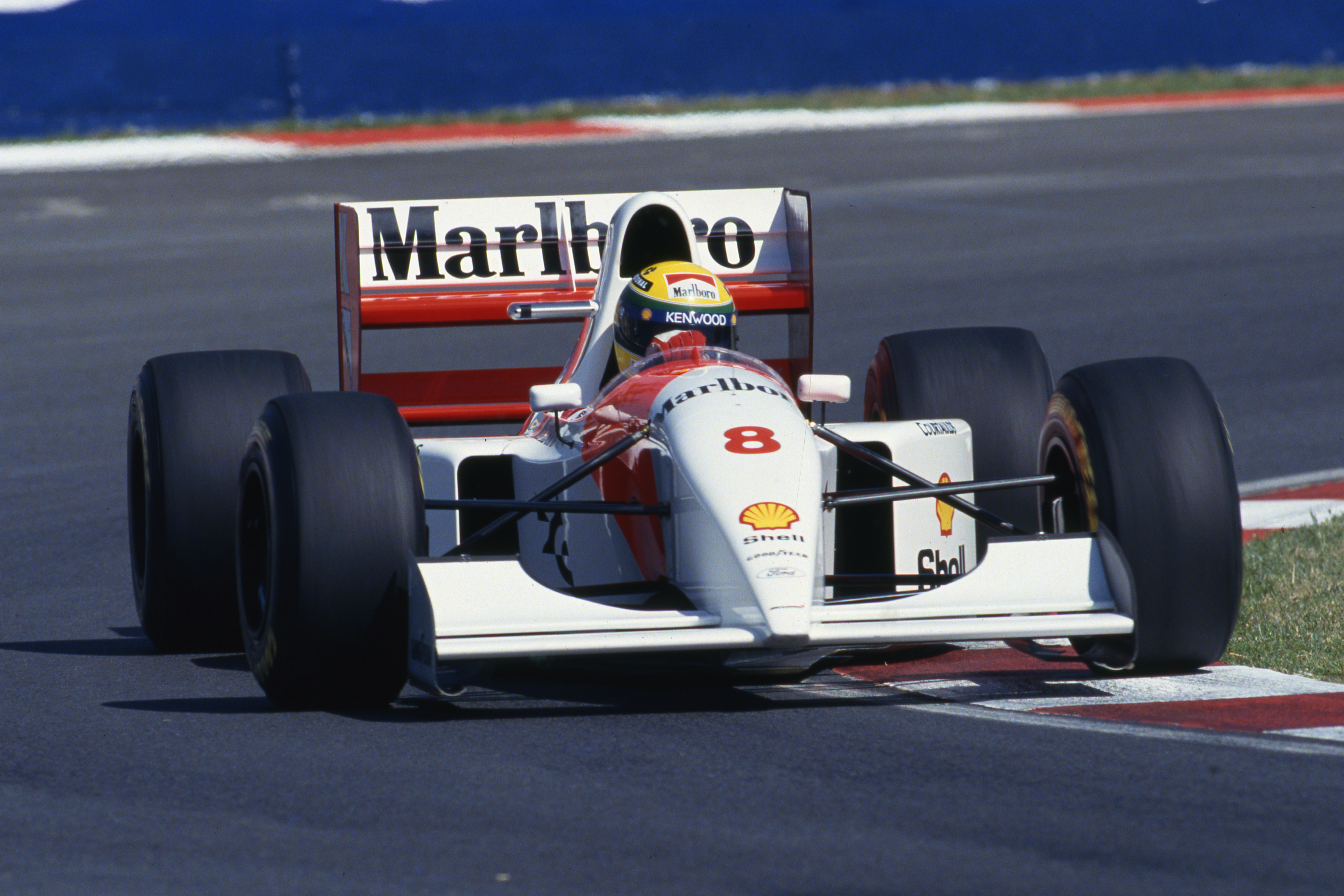
Not since Spa in 1991 had there been a Prost and Senna front row of the grid.
That set the scene for a tense formation lap as fleeting memories of that controversial occasion flashed through many a watching mind.
The worries though were unfounded as Prost fluffed his start, something that would become a regular feature throughout the 1993 season.
Senna went into an immediate lead which peaked on lap three at 2.8 seconds. The chasing Michael Schumacher then started to catch the McLaren, and fast. As he did so he towed a recovering Prost along with him.
By lap 10 the three were nose to tail and a few laps later Prost had slipped supremely by Schumacher at the fast right-hander by the pits. Never let anyone tell you that Alain couldn’t pull the big moves off too.
It was a breathtaking occasion as three of the best drivers in the championship’s history engaged in a rare triumvirate battle.
While Schumacher’s Benetton started to fade, Prost was dancing all over Senna’s rear wing. Naturally, Senna slammed the door shut on more than one occasion but on lap 25 even Senna had to concede.
Senna did so by giving Prost an absolute minimum amount of room as a delicious albeit brief re-engagement of their rivalry played out to an enthralled audience.
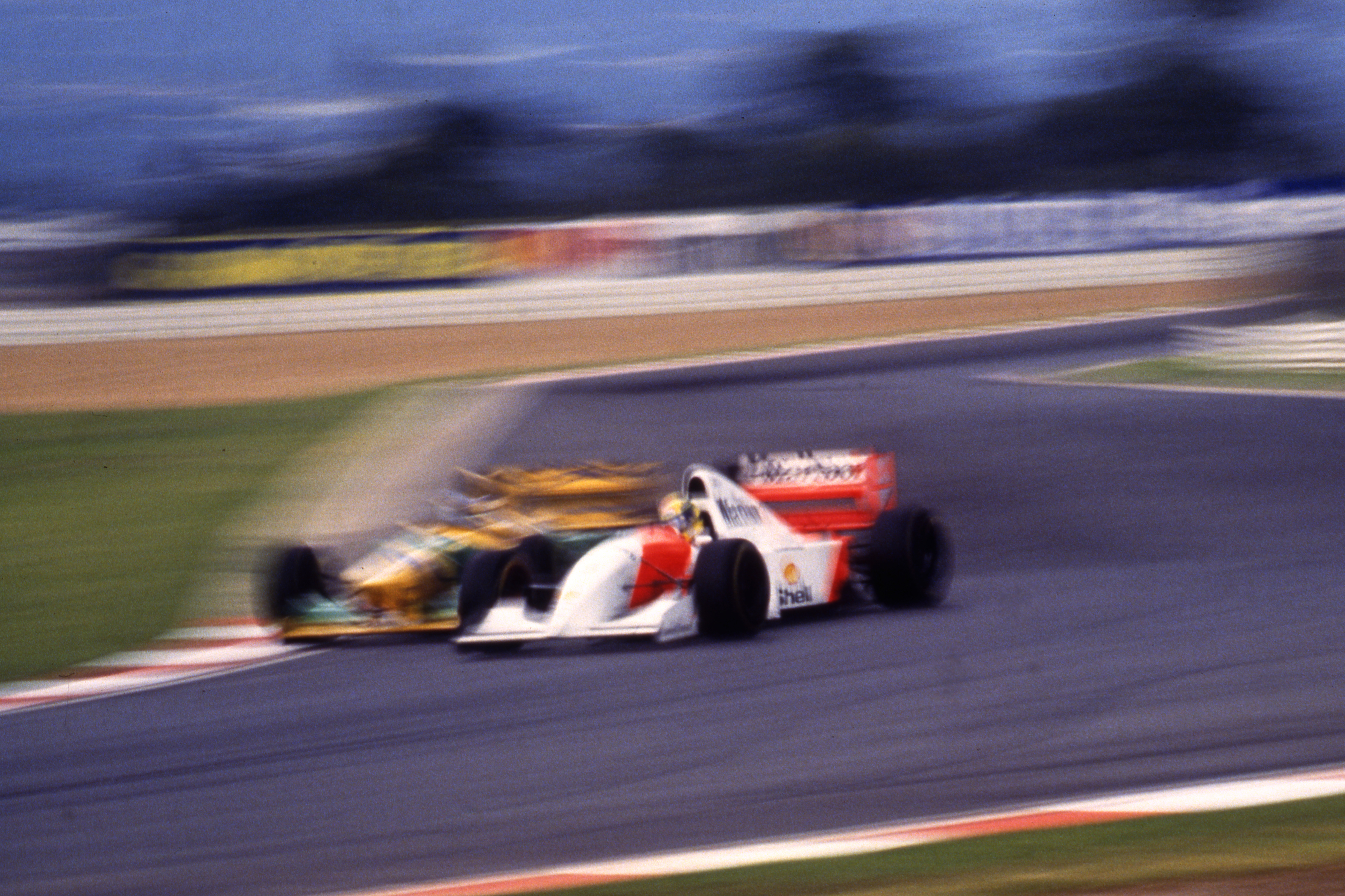
Schumacher also made it past the struggling Senna, who soon pitted for fresh Goodyears. The Benetton driver stopped on the same lap yet but quick work from the McLaren mechanics allowed Senna back into second upon exiting the pits.
Their reprised fight for second intensified to the point where the apprentice nibbled at the master’s heels once too often and was subtly shooed away into a terminal spin.
Senna meanwhile dropped further behind Prost, struggling with a sensor issue on his rear suspension.
This time Prost won but it preceded two races at Interlagos and Donington Park where Senna’s genius would triumph.
It became a push-and-pull dynamic that contributed to a classic season of F1 racing and the final phase of one of F1’s most enduring rivalries.
Lehto and Sauber Star on Debut
The unfamiliar minimalist and slightly sinister black cars of Sauber were an amazing addition to the F1 grid in 1993.
There was some irony in the ‘Concept by Mercedes’ decals upon the Leo Ress-designed Sauber C12s of JJ Lehto and Karl Wendlinger. This was once meant to be a full-on Mercedes F1 team but a confusion of politics and world economic matters ensured that an ersatz Merc team would instead appear via the vision of Peter Sauber, Mario Illien and Paul Morgan as they formed the best new F1 team since Jordan two years earlier.
Lehto rocked the F1 paddock by claiming an excellent sixth on the grid but it could have been even more had it not been for a wild spin on an even quicker lap.
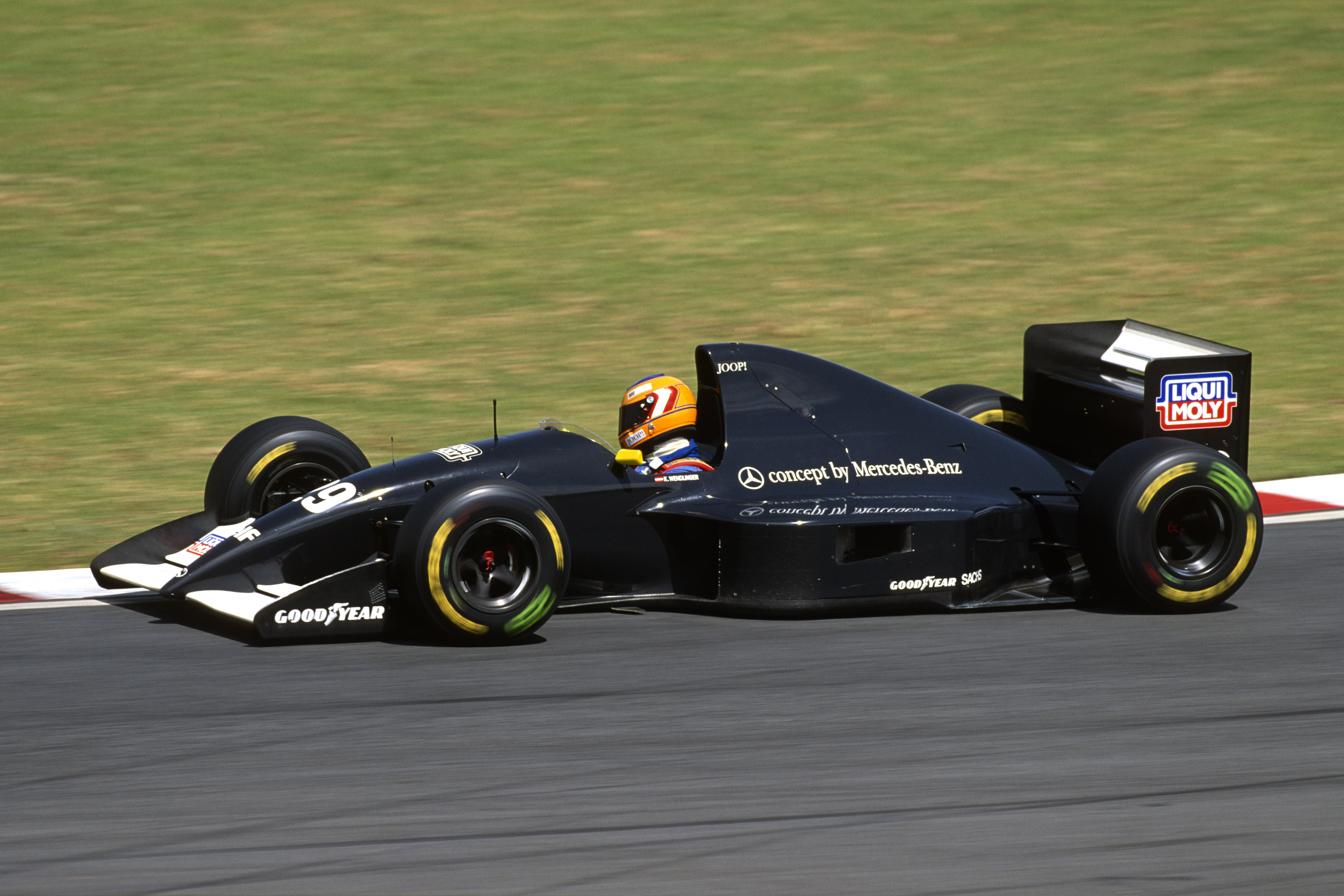
Team-mate Wendlinger (pictured above) was left disappointed with 10th which told you all you needed to know about the aspirations of the slick Swiss team.
The pace was initially matched by reliability for Lehto who ran fifth just ahead of Wendlinger in the early stages.
But then the inexperience told as Lehto pitted to adjust something that came loose in the cockpit and he rejoined in a distant 21st position.
From there he drove supremely, setting the second-fastest lap of the race and getting back into contention for points. He converted the opportunity by taking Gerhard Berger’s struggling Ferrari on the final dramatic lap to snatch a brilliant fifth.
Wendlinger’s electrics cooked at mid-distance while lying in sixth, scuppering a likely double maiden points finish for the impressive new team.
Kyalami was no flash in the pan for Sauber.
It said everything that sixth in the final points standings was ultimately a disappointment. Yet, a peak of fourth place for Lehto at Imola and the same result for Wendlinger at Monza was just as impressive as Jordan’s feats of 1991 and began a three-decade-long Sauber story.
Attrition and Showers Create Chaos
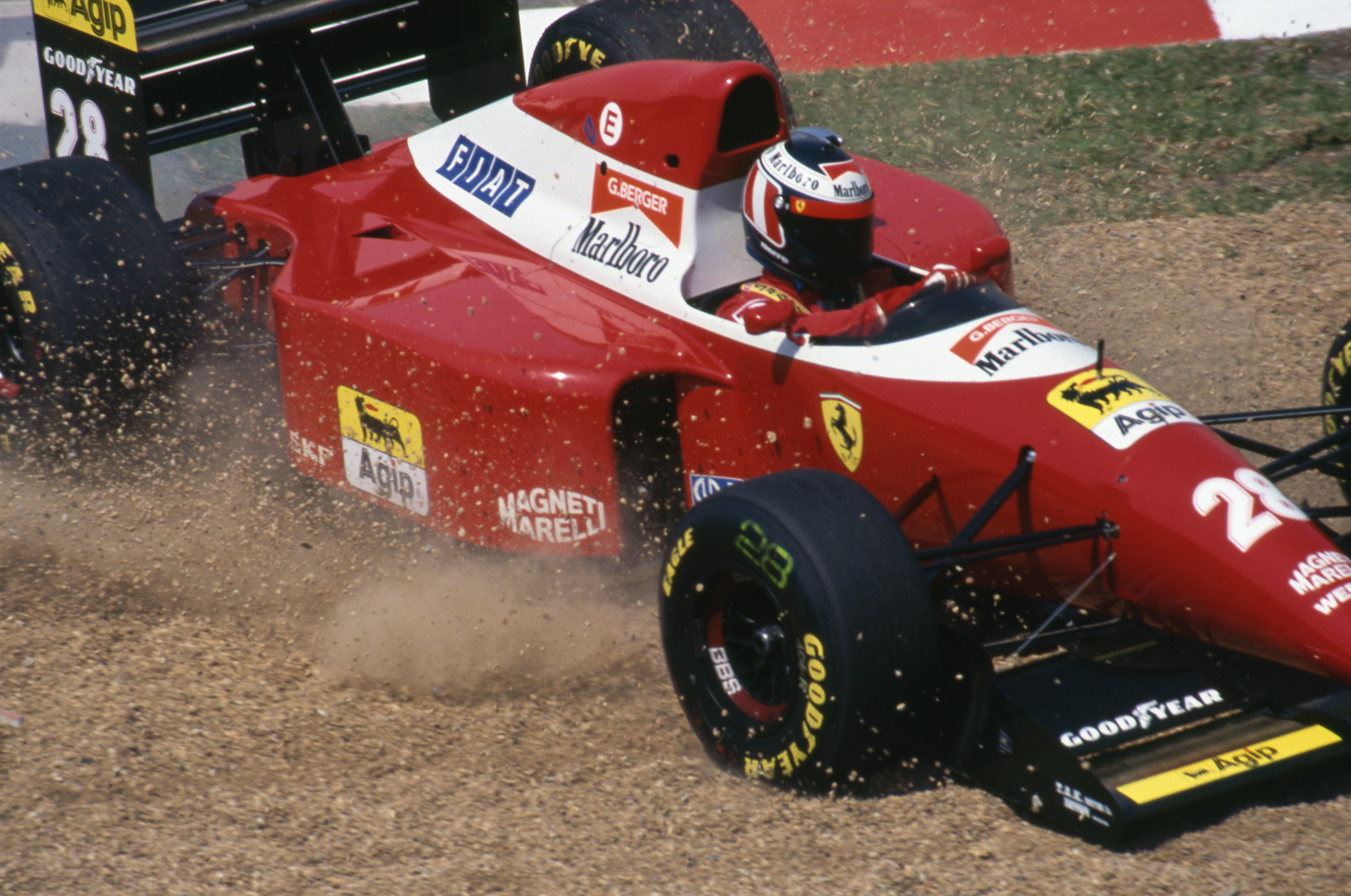
A race of attrition in today’s F1 would perhaps feature around 13 finishers. In 1993 the average number of retirements from the whole field (which was a 24-car minimum and 26-car maximum) was 13!
Kyalami was easily the most attritional as only five cars reached the chequered flag.
Of the 21 retirements 11 were through accidents, while the remaining 10 were a mix of electrical, hydraulic and engine maladies. In the cases of both Tyrrells, the start to the season was apocalyptic as both Ukyo Katayama and Andrea de Cesaris failed to complete a lap with similar transmission issues.
By half distance of the race only 14 cars remained, and when Johnny Herbert (Lotus), Patrese (Benetton, pictured below), Erik Comas (Larousse), Michele Alboreto (Scuderia Italia) and Martin Brundle (Ligier) fell off the field was down to double figures for the remaining laps.

In the final stages of the race, a local thunderstorm hit the track. It also hit the local broadcasters with the TV picture momentarily flickering as the Transvaal micro-climate threatened to cast the final laps into utter chaos.
The rain started to teem down with two laps left as the top three of Prost, Senna and a brilliant Mark Blundell in the Renault-powered Ligier went into survival mode.
Behind the podium pack, Christian Fittipaldi also tip-toed to a magnificent fourth place, then equalling Minardi’s best-ever race result.
While those places were relatively serene, the fight for the final points was busy.
The old Footwork FA13B of Derek Warwick was placed in sixth position behind Berger’s Ferrari but was caught quickly by a charging Lehto.
Heading into the last lap Warwick had no other option than to unlap himself from leader Prost’s conservative Williams and thus began a fight for the final point over the remaining 2.6 miles.
Unknown to both though was that it was in fact a battle for fifth place as Berger’s engine had blown after losing oil.
Warwick was unable to resist the Sauber which had far superior grip in the treacherous conditions. Warwick did his best to get back on terms but lost control at the penultimate corner and rattled the tyre barriers.
His misery was compounded when on countback Berger was adjudged to have completed more distance and thus took the final points place, while Warwick got nothing for seventh!











